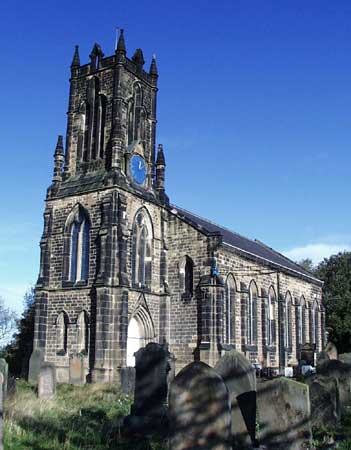 |
Mirror Image, 41 Windsor Terrace, South Gosforth, Newcastle upon Tyne NE3 1YL
Telephone: (0191) 2851202 E-mail: mirrorimage@northumbria.info
[Home | Architecture | Bridges | Castles | Churches | Sculpture | Where is it?]
 |
|
On 12 January 1862 occurred the dreadful Hartley Mine Disaster, the memorial stone can be found at the north east side of the church. 204 men and boys lost their lives in the Hester Pit of Hartley Colliery following the breaking of the engine beam above the single shaft of the mine. The fractured cast metal beam fell into the shaft bringing massive amounts of debris in its wake and blocking the shaft. A large number of miners were underground at the time, it being a changeover time for shifts at the colliery. The workforce were trapped for many days, whilst frantic attempts were made to unblock the shaft, sadly to no avail for when access to the workings were made some six days later all 204 miners had sufforcated in the foul underground conditions. The memorial to this tragedy was erected in Earsdon Churchyard where some of the dead were laid to rest; the churchyard was too small to hold all the bodies and the adjacent field was also used for the burials. The funeral cortege is reported to have been so long that as the first group of mourners arrived at the church the last had not left Hartley village over two miles away. The monument is a tall corniced pedestal supporting an obelisk. The names and ages of the dead, a number as young as eleven, are inscribed on the faces of the pedestal and show the harrowing effect to the community and on individual families of the disaster. The monument bears biblical inscriptions and words recording the cause and date of the "fatal catastrophe". The event was instrumental in the bringing forth of legislation in August 1862 requiring all mines to have alternative means of access, in effect two shafts, to prevent a further tragic occurence of this nature. |
A Visitors Book is available if you would like to make any comments or requests.
The following pages were designed by MIRROR IMAGE. All photographs taken by Ray Urwin©.
For more information please contact mirrorimage@northumbria.info